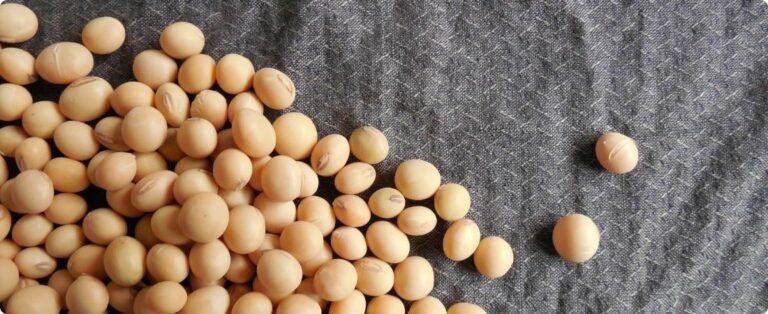Portal Agrolink exclusively interviewed Syngenta's Herbicide Products Manager, Francisco Gutierrez. On the agenda is the “Lavoura Limpa” program, which proposes the rotation of six active ingredients to overcome weed resistance. Check out:
Agrolink: What is the objective of the Lavoura Limpa program?
Francisco Gutierrez: The Lavoura Limpa program, which promotes the correct management of weeds that invade and compromise crops, was launched as an ally for farmers in returning to full productivity, which reinforces one of the main commitments made by Syngenta's Sustainable Agriculture Plan , The Good Growth Plan, to increase the average productivity of the world's main crops by up to 20%.
About 15 years ago, the cultivation of glyphosate-resistant soybeans began in Brazil. This meant that weed management was based on just one active ingredient: glyphosate. The excessive use of glyphosate has led to a selection of weeds that are resistant and tolerant to this active ingredient.
With a deep understanding of the scenario that was presented, Syngenta sought to rescue, with a modern look, the solutions of the past to combat this problem that greatly harms farmers, adapting products and creating combinations that generated the strongest set of tools for this purpose. , creating the Lavoura Limpa program. The proposed rotation and combination of assets brought by the program is unprecedented in the market.
Agrolink: How does this initiative contribute to sustainability in agriculture?
Francisco Gutierrez: Since the Lavora Limpa Program focuses on correct management and the application of good agricultural practices in order to restore productivity in crops, it is directly connected to sustainability in agriculture.
Agrolink: What are the 6 active ingredients proposed for rotation, and how does this process work?
Francisco Gutierrez: The standard recommendation for adequate management of an infestation is to apply Zapp QI 15 days before planting in simultaneous application with Clethodim; on the day of planting, an application of Gramocil, which has two distinct active ingredients, and Dual Gold; then, in the so-called post-emergence phase, an application of Zapp Qi simultaneously with Clethodim in the harvest maturation stage, finally, an application of Reglone. Products with different active ingredients act in a different way on the plant, preventing the emergence of resistant plants. The result of this system is a gain of up to nine bags on the farmer's productivity standard.
Agrolink: What results are projected in the medium and long term?
Francisco Gutierrez: With a dedicated team of Agricultural Engineers in the field, we will make the correct recommendation according to the situation, enabling the producer to be successful in areas infested with weeds resistant to glyphosate. The teams are being very well received by the producers, as this is a partnership that will bring good results to everyone. With a strong technical proposal, several of Syngenta's active ingredients working in combination, and synergy between the different actors in the field, we will, in fact, have increasingly cleaner crops from now on.
Source: Agrolink















